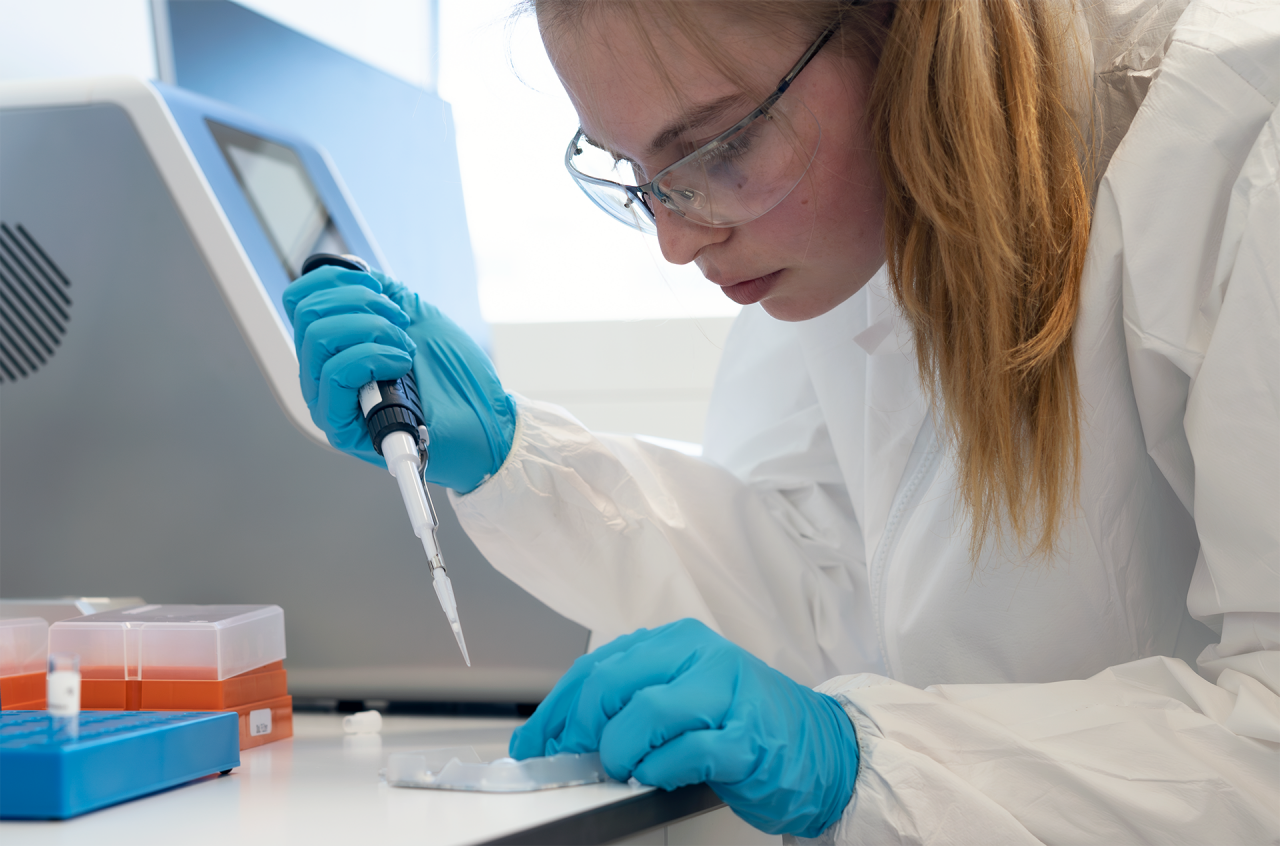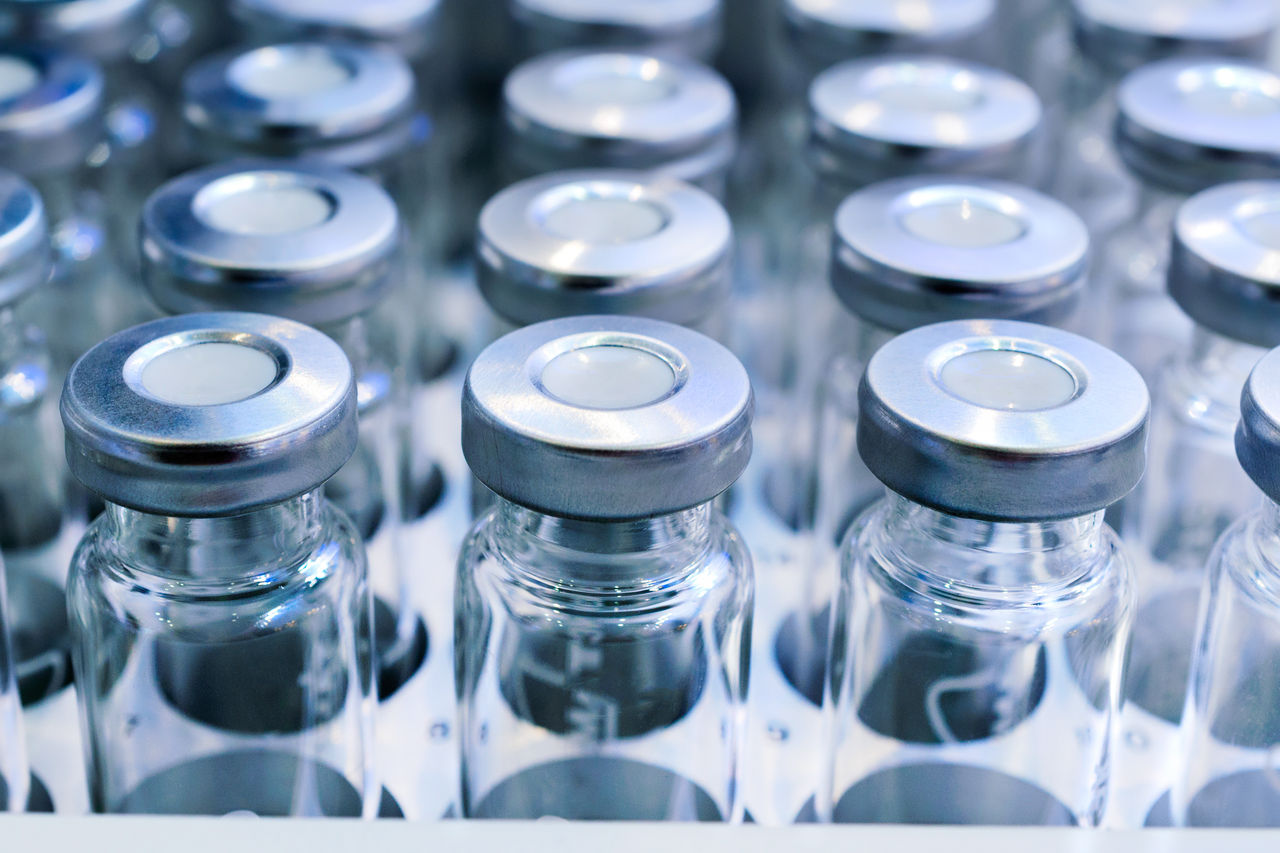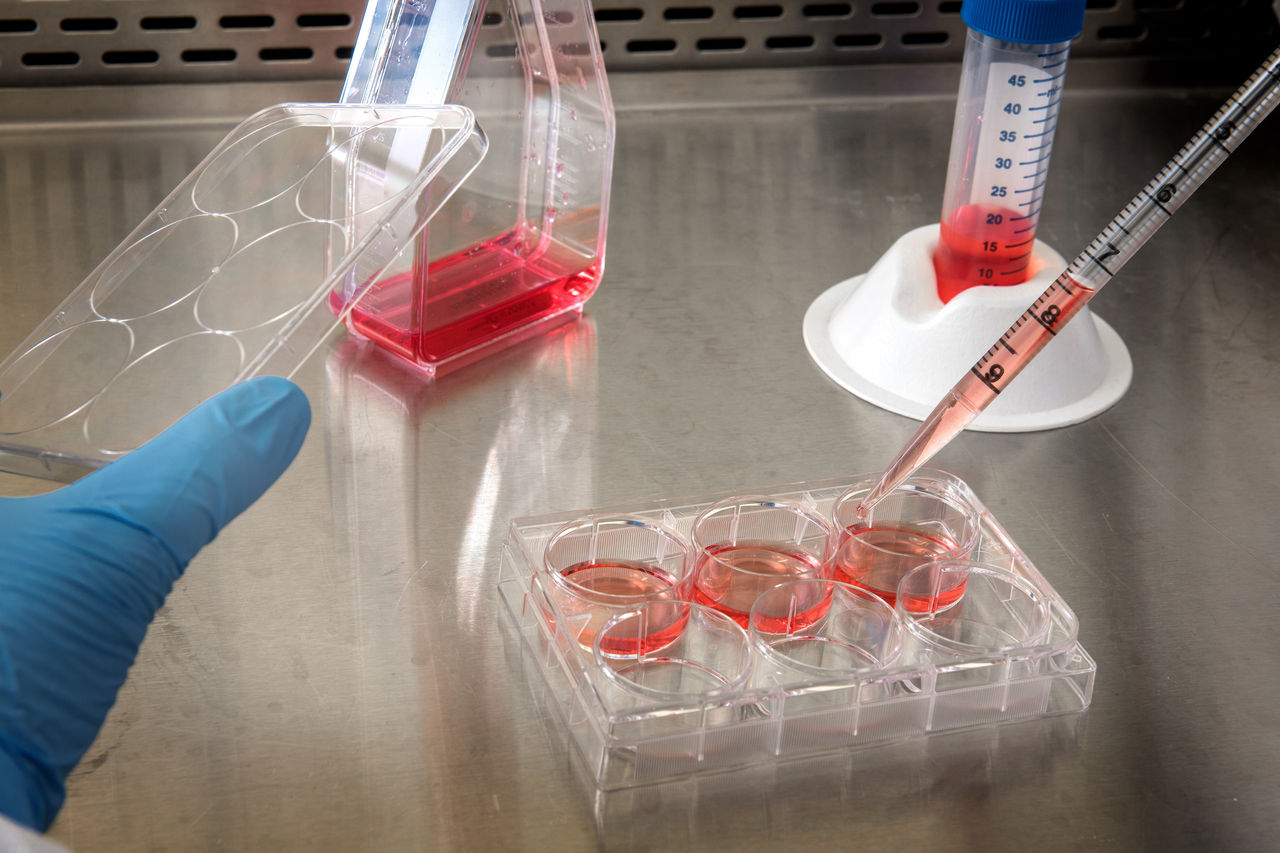Recombinant Factor C Methods for Endotoxin Testing: Towards Sustainable Development and Reliable Supply Chain
By the bioMérieux Editors | Reading time: 2 min
PUBLICATION DATE: JUNE 19, 2024
In 2020, vaccine research received significant attention as researchers were engaged in the race to develop an effective vaccine against SARS-CoV-2 worldwide. More broadly, the entire pharmaceutical industry is experiencing this rapid growth. In this context, supply chain sustainability is crucial. The use of horseshoe crab blood in the quality and safety control process is essential to ensure the safety of injectable and implantable pharmaceutical products. Environmental challenges are key in the debate around the use of traditional Limulus Amebocyte Lysate (LAL) methods in favor of more sustainable methods such as recombinant Factor C (rFC).
The importance of Horsehose Crabs in Endotoxin Testing
Horseshoe crabs, are marine creatures native to certain regions of United States and Asia, and they possess a unique clotting agent in their blood used to produce LAL. Indeed, LAL is a valuable reagent with the particular property of coagulating in the presence of endotoxins. Endotoxins are contaminants released by Gram-negative bacteria, than can be potentially dangerous if they enter a person’s bloodstream, where they cause fever and can lead to septic shock or sepsis. Endotoxins are dangerous in the bloodstream—even in small quantities, the presence of endotoxin in a pharmaceutical product like a vaccine can lead to major health complications. For over 30 years, LAL has been used to test the safety of vaccines, injectable drugs, and medical devices

Gram-negative bacteria produce endotoxins that can be extremely harmful if found in the bloodstream.
Environmental Challenges and Sustainability
The exclusive reliance on horseshoe crab blood for endotoxin detection by industries worldwide poses significant risks to the sustainability of the supply chain. Quality control for endotoxin detection widely depends on the existence of one animal whose ecosystem is threatened.
Horseshoe crabs are classified as endangered species in Asia and vulnerable in the United States, just one step below the endangered classification. For example, certain Asian species like Tachypleus tridentatus have completely disappeared from some areas due to the impact of human activities on their habitat.
In the United States, overexploitation of crabs as fishing bait has caused a decline in the species over the past decades. As with any natural resource, the environmental and biological impacts are potentially much broader.
The entire ecosystem surrounding horseshoe crabs is affected, many species rely on horseshoe crab eggs, particularly shorebirds, for which they are a vital food source, potentially leading to significant ecological disruptions.
Supply Chain Risks
In addition to environmental considerations, sole reliance on horseshoe crab blood is still a potentially risky strategy when it comes to supply and demand. The COVID-19 pandemic has provided an unfortunate example of the fragility of the supply chain for vital medical products. Public health emergencies such as pandemics and epidemics, political relationships with other nations, and climate-associated events such as hurricanes and global warming all have the potential to create sudden and possibly catastrophic shocks to the supply of LAL. These risks must be mitigated to meet market demand for LAL and ensure ongoing product safety.
Additionally, many external factors could unexpectedly increase the demand for LAL. The pandemic has shown the effects that a global health crisis can have on the demand for medical device supplies, including the transport and availability of raw materials, import/export difficulties of raw and finished goods, and even nationalistic “hoarding”. These are issues that can impact any medical material but are more difficult to manage with a dependence on a single raw material like LAL, which is needed to test innovative vaccine candidates for endotoxin contaminants.
Endotoxin Testing Alternatives and Opportunities
Although horseshoe crab blood is the only known source of raw material for LAL, an another alternative endotoxin testing method does exist. For over 20 years, rFC has proved to be a reliable and sustainable method for endotoxins testing.
The cloning and insertion of the gene for the natural endotoxin biosensor (factor C) from the horseshoe crab genome into single cells for mass cell culture production has enabled the production of several commercial grade recombinant factor C (rFC) tests. rFC provides manufacturers with clear advantages like a more reliable and stable production, and significantly reduces environmental impacts.
Regulations and Industrial Acceptance
The regulatory landscape around endotoxin detection is undergoing major changes. The imminent adoption of Chapter <86> of the U.S. Pharmacopeia is a great demonstration of that revolution. This chapter is a significant leap forward in recognizing alternative and more sustainable methods. Just like LAL replaced tests performed on rabbits back in the day for ethical and precision reasons, rFC is becoming the new standard for endotoxin testing.
With 20 years of experience and robust scientific data accumulated around specificity, performance and ease of use, rFC stands out as the most relevant compared to other recombinant methods.
Additionally, the European Pharmacopoeia has been recognizing rFC in Chapter 2.6.32 since 2020 as a compendial method, further strengthening its legitimacy and global acceptance.
The transition from LAL to rFC offers many significant advantages, including increased specificity, better test performance, less interference and greater reproducibility of results.
Today, the foundations of a robust quality control strategy, especially for endotoxin detection, must account for environmental impact, sustainable development and supply chain reliability.
With 20 years of proven success, rFC is now the trusted solution, supported by growing regulatory adoption.
SHARE THIS ARTICLE:
- Pharmaceutical Quality Control


